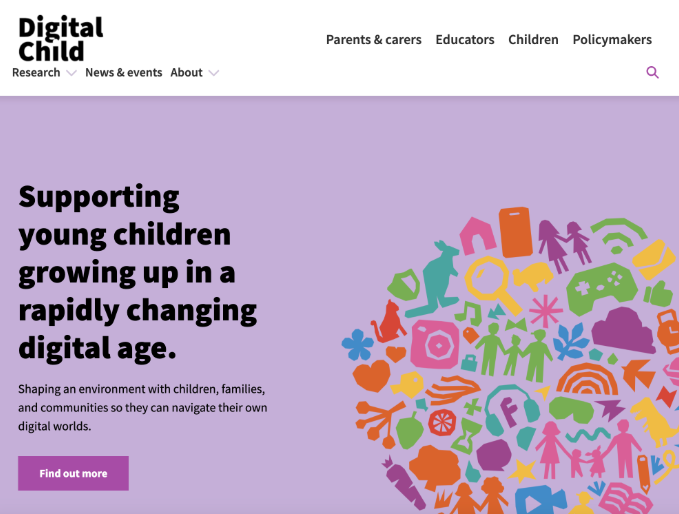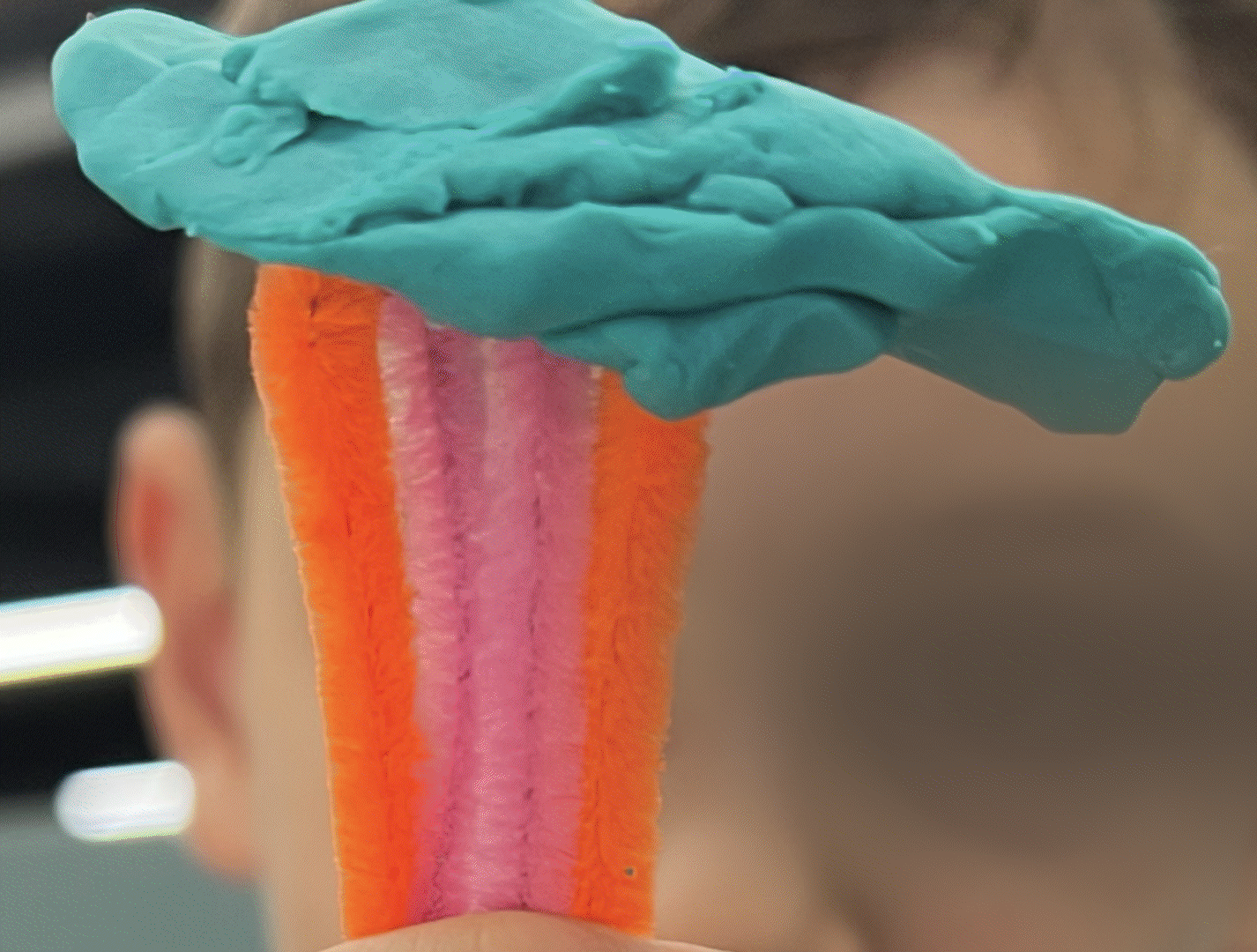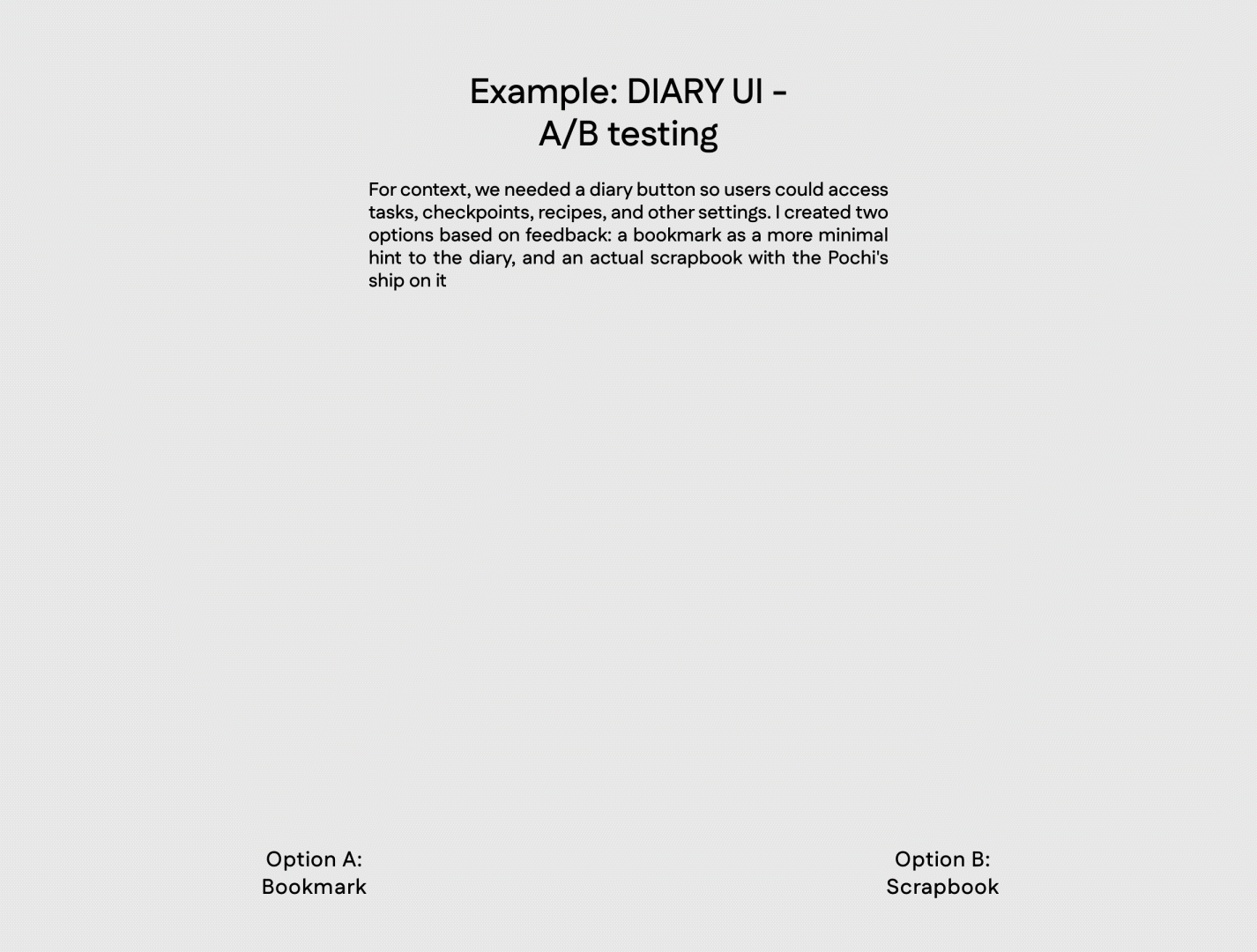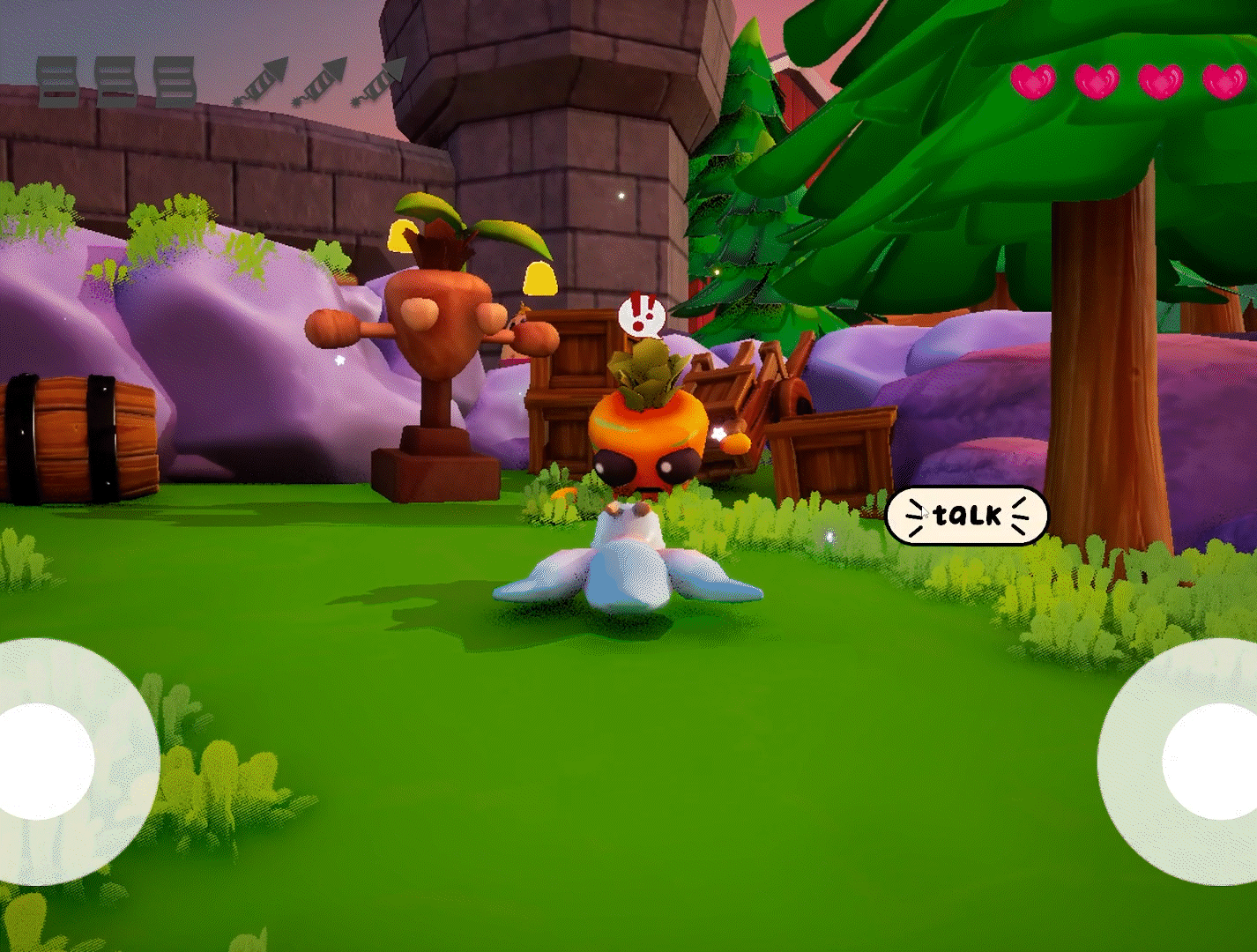Role: UX/UI designer
Duration: May 2024 - March 2025
Final Experience: iPad Game
As technology and touch-screen devices become increasingly embedded in daily life, it's only natural that children are engaging with these tools both in education and leisure. Digital Child — an Australian government-supported research centre — aims to foster healthy, balanced relationships between young users and the digital world. Studio AGDX was tasked to co-design a game experience with children aged 6 to 8, focusing on creating an interactive, developmentally supportive digital experience.

We created Pochi!Pochi! a 6 years+ children's mobile game experience where children bring a little digital creature called ‘Pochi’ on an adventure to save Hotpot Land from the all-consuming Munchers and Minchies! A reflection of the outside world, it teaches young ones problem solving, empathy for others and promotes active engagement through trajectile interactions of the slingshot mechanic.


We had multiple rounds of ideation in the early stages before meeting the kids using the fail fast methodology. We eventually landed on the Pochi!Pochi! concept, and for this concept, I designed the “flick” interaction for this mechanic, which later evolved into the game’s signature slingshot mechanic.
This project, developed for Digital Child, centred on gathering research insights through co-designing with kids, which directly informed our design decisions. We facilitated three co-design sessions involving creative activities like play dough character-making and tech demos, where I observed unintentional yet joyful interactions (e.g., flinging Pochi off-screen) that inspired meaningful design pivots. To support the team, I created observational recording sheets, used affinity mapping and quick findings summaries, and later led external play-testing sessions during the final stages of development.


Apart from our co-designing sessions with the kids and having them play our game iterations, I ran separate play-testing sessions with others and also conducted A/B testing to help find UI that would be the most intuitive to the user.
Based on findings from our research and A/B testing, I created the entirety of our final UI for the game. The UI created was to reflect kid’s love and reception for bright colours, rounder shapes, what they found the most intuitive (such as a traditional heart health bar as opposed to other options).

The Digital Child team received this game positively, saying “It looks fantastic! The brightly coloured graphics, dramatic background music, and engaging narration bring it to life. I do not doubt the children will love it.” Ultimately, Pochi!Pochi! was designed to promote cognitive and emotional growth through interactive play. By mirroring real-world challenges in a whimsical setting and incorporating engaging slingshot-based interactions, Pochi!Pochi! empowers young players to think critically, make meaningful decisions, and develop emotional awareness — all while having fun in a safe, creative environment.
Many thanks to the team involved from Studio AGDX!
Members: Sunny Choy, Isa Limpanyalers, Brianne Luckie, Elena Epis, Jacob Jonas, Zachary Dennett, Andrew McMahon, Heidi Choo